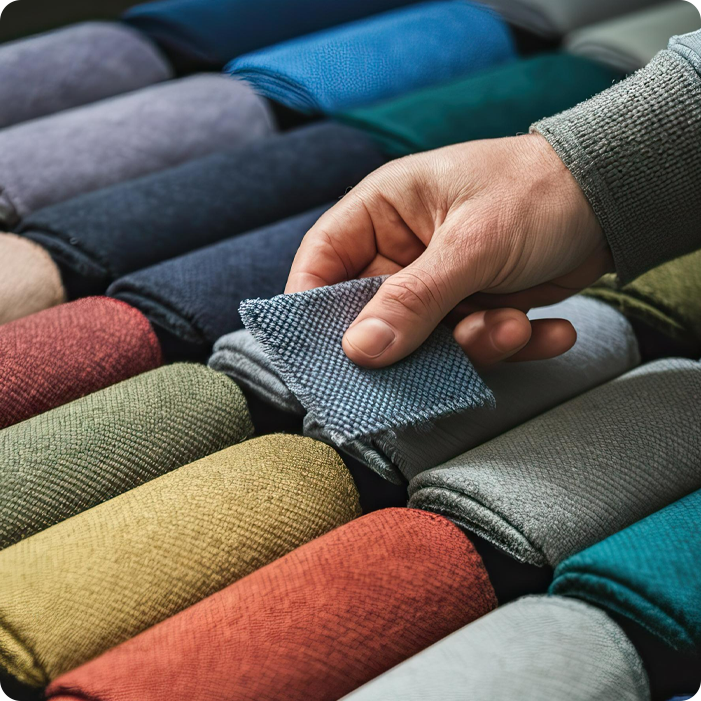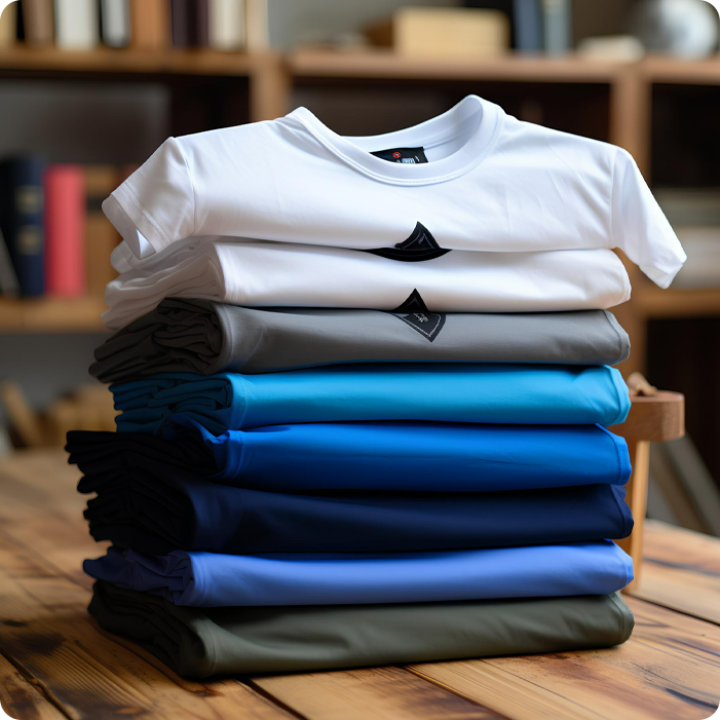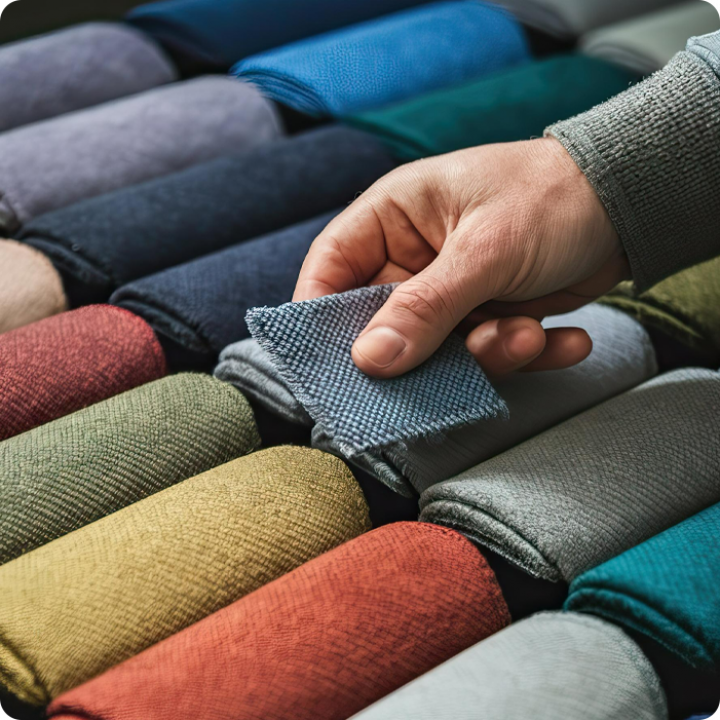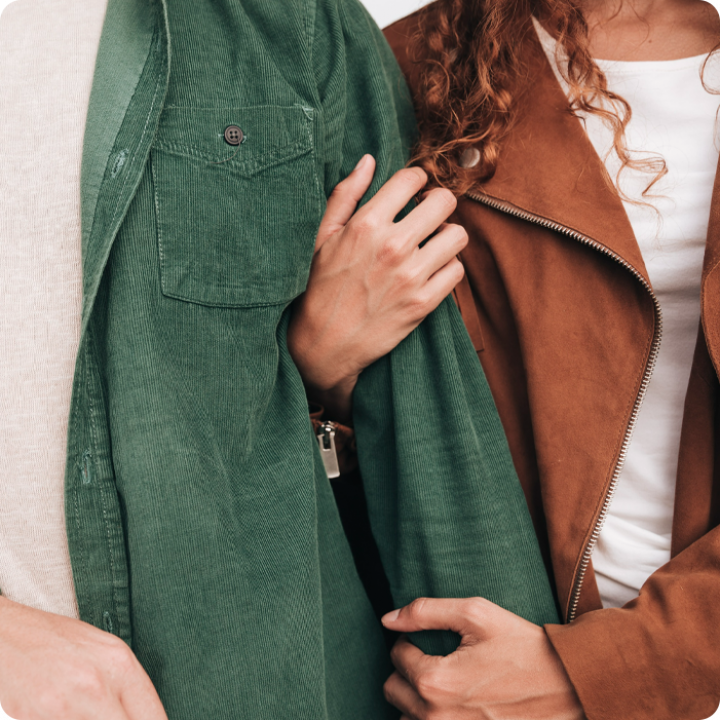
Understanding Color Undertones in Fabrics
Color undertones in fabrics can change the entire mood of an outfit, even if the shade looks familiar. Recognizing undertones helps in pairing pieces, layering effectively, and creating flattering ensembles effortlessly. From muted neutrals to vibrant hues, understanding the subtle base of a color ensures your wardrobe looks harmonious and intentional. This guide explores common fabric undertones and offers practical tips for choosing shades that enhance everyday outfits.
Warm Undertones
Warm undertones feature hints of yellow, orange, or red, creating a lively and inviting appearance. Fabrics with these undertones often evoke energy and warmth, making them suitable for casual and semi-formal outfits. Pairing warm undertones with complementary shades like beige or soft browns enhances balance. They work beautifully for days when you want your outfit to feel approachable and radiant, offering a subtle yet confident statement through careful color selection.
Cool Undertones
Cool undertones carry hints of blue, green, or violet, giving fabrics a calming and refined look. These shades are ideal for creating elegant or professional outfits, bringing a composed vibe to any ensemble. Pairing cool undertones with soft greys, whites, or muted blues enhances sophistication. Fabrics with cool bases suit layered outfits well and are perfect for occasions where understated charm and a balanced color palette are key priorities for styling.
Neutral Undertones
Neutral undertones are subtle and flexible, often combining elements of warm and cool shades. They work effortlessly with almost any color, making them excellent choices for versatile wardrobe staples. Fabrics in neutral undertones can form the base of layered looks, allowing bolder pieces to stand out. These shades are ideal when creating cohesive outfits without overpowering individual pieces, providing a polished appearance while maintaining comfort and simplicity throughout the day.
Earthy Undertones
Earthy undertones resemble natural hues, including clay, olive, or soft browns. Fabrics with these bases bring a grounded and organic feel to outfits, perfect for casual or relaxed settings. Earthy undertones pair well with complementary neutrals or soft pastels to enhance depth and texture. Choosing these shades adds subtle richness and visual interest, creating effortless style that feels connected to nature while maintaining a timeless appeal in everyday wardrobe combinations.
Jewel Undertones
Jewel undertones mimic the depth and vibrancy of precious stones like sapphire, emerald, or ruby. Fabrics with these undertones bring a striking richness, ideal for occasions where a more vivid or dramatic appearance is desired. They pair beautifully with darker or contrasting shades, enhancing visual impact. Choosing jewel undertones can elevate a simple outfit into a statement ensemble, adding elegance and sophistication while showcasing a bold sense of style without overwhelming the overall look.
Pastel Undertones
Pastel undertones are soft and delicate, carrying subtle hints of pink, lavender, or mint. Fabrics with these shades create a gentle and approachable vibe, perfect for casual gatherings or layered daytime outfits. They pair effortlessly with neutral or muted tones, offering balance and charm. Using pastel undertones adds a light and refreshing feel to everyday ensembles, making them ideal for creating coordinated outfits that exude softness, simplicity, and understated elegance without appearing too bold.
Conclusion
Understanding color undertones in fabrics helps create harmonious and flattering outfits effortlessly. From warm and cool to jewel and pastel shades, each undertone has a unique effect on style. Recognizing these subtle bases allows for better color coordination, layering, and versatile wardrobe choices that enhance confidence and everyday elegance.




